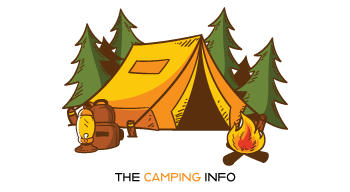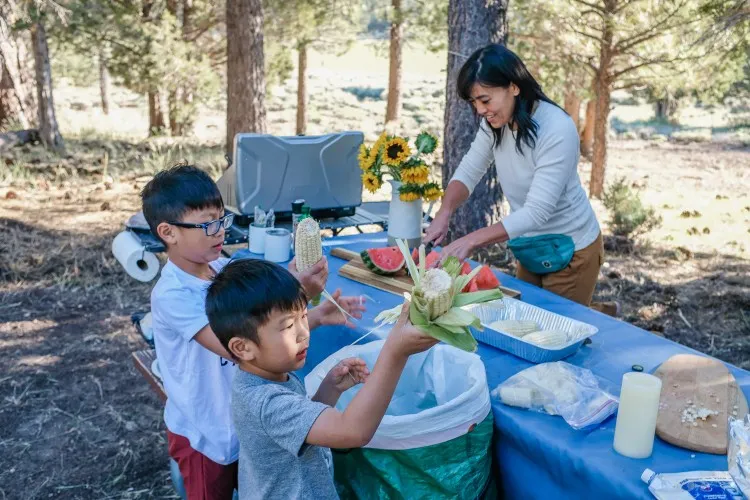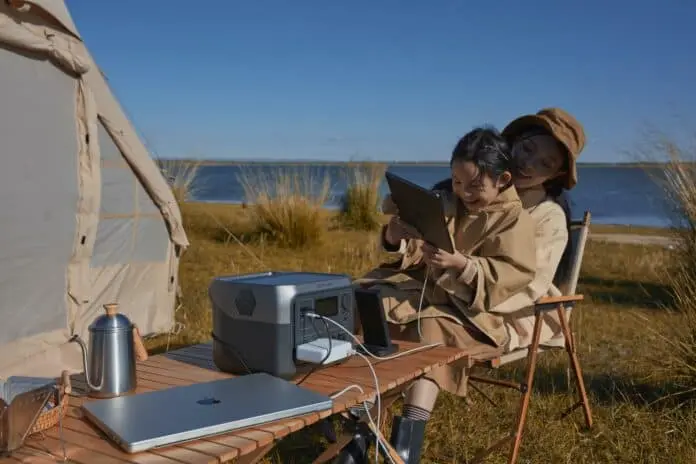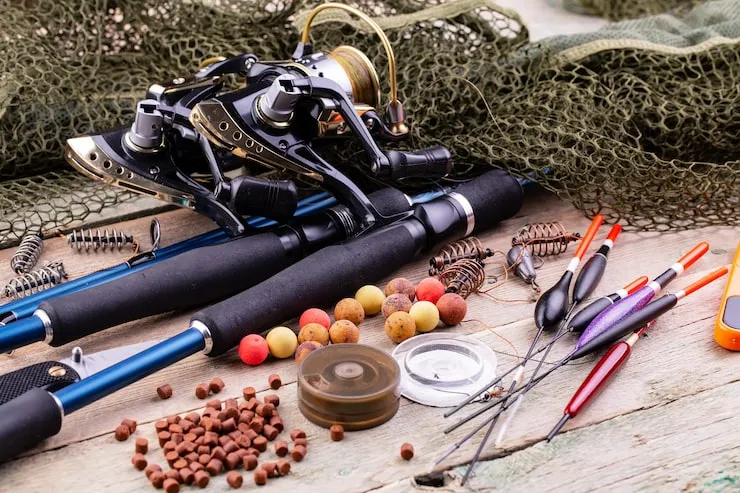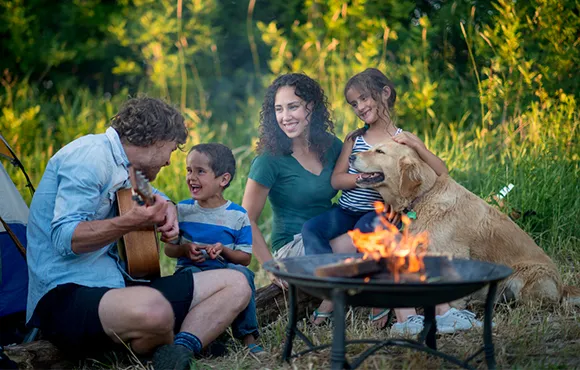You don’t need to have any backcountry experience to know – “Don’t eat the yellow snow!” But what about snow in general – particularly in winter emergency/survival situation? The partial answer is “No” and “Yes”!
Caution reigns for both options. Because snow is about 70% air, a fist-sized clump of snow is only going to yield about one-third that volume in liquid. That meager amount will require an expenditure of calories that could be used more efficiently for other metabolic bodily processes – especially in a cold environment.
Swallowing clumps of snow or even repeatedly drinking very cold melted snow water tends to cool down your core temperature, too – readily contributing to the onset of hypothermia.
From those perspectives: “No”, do not eat snow!
However, in terms of protocols for consuming snow that do work, “Yes” you can eat snow – figuratively – in a couple of ways.
Compacting the snow into tight balls to the point they are semi-frozen spheres, you could literally let one melt in your mouth while you were exerting energy around your camp – generating heat to compensate for the loss of heat due to the oral snow-to-water conversion going on in your mouth.
The melting of snowfall from accumulations of ice on branches and other surfaces often produces icicles that contain more water than a clump of snow of the same volume. While your body must use up calories to melt the ice, the volume of water converted is much greater.
It’s important to treat melted snow water before drinking it. Because some chemical and mechanical purification processes/appliances don’t work so well in cold conditions, boiling is the best way to decontaminate water – even water from fresh “pure” snow as particles of dust and other airborne contaminants are often attached to the snow crystals.
It’s not necessary to stoke up a camp stove or build a fire to melt snow into water. For a large volume around camp, sure – add scoopfuls of snow to a big pot and melt and decontaminate at the same time. However, in the field, snow added to your partially-filled water bottle will melt as it is dropped into that already liquid water (presumably kept from freezing by being stowed in an inner pocket). While this refilled water should be boiled, it nevertheless can be collected and melted without an external heat source.
Remember, too, stow your water bottle upside down. Should the water start to freeze, it does so from the top down meaning your screw-on lid or spout is at the bottom and not prone to icing up on you.

Snow is a good source of water in the winter, the key is processing it properly. It’s vital to maintain hydration in cold weather, so making snow a water resource just requires safe and efficient protocols.
